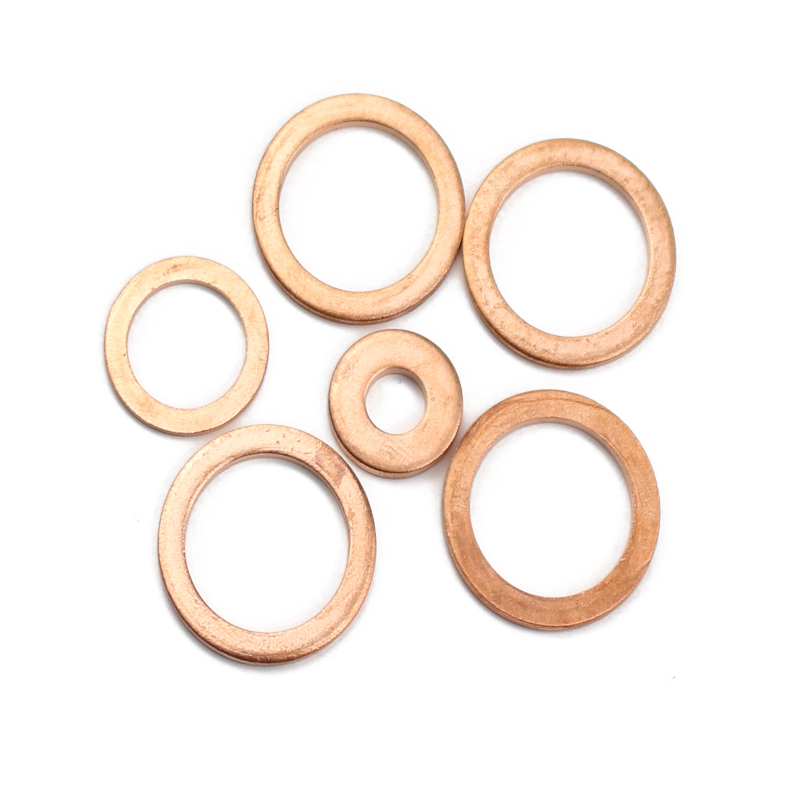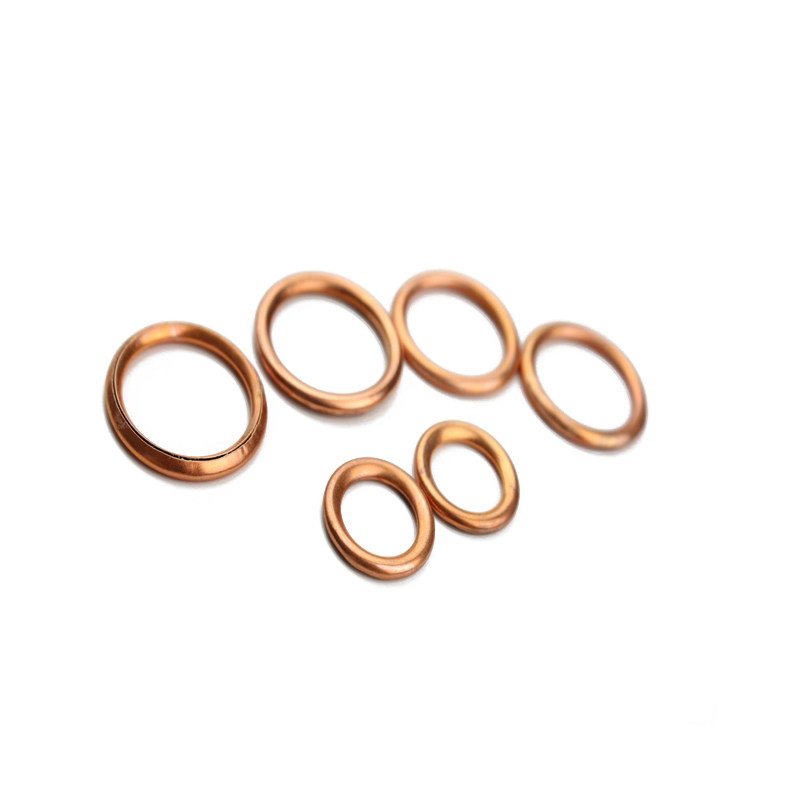Flat Gasket
A flat gasket is a simple and reliable sealing solution designed to prevent leakage between two flat surfaces in mechanical and industrial systems. Typically made from materials like rubber, cork, silicone, or graphite, flat gaskets are commonly used in applications such as automotive engines, plumbing systems, and HVAC units.
1. Effective Leak Prevention
The primary function of a flat gasket is to form a tight, leak-proof seal between two mating surfaces. The gasket fills any gaps or irregularities between the surfaces, preventing the leakage of fluids, gases, or oils and ensuring the smooth operation of the system.
2. Variety of Materials
Flat gaskets are available in various materials to suit specific needs. Rubber gaskets offer flexibility and are ideal for low to medium-temperature applications, while graphite gaskets are designed for high-temperature or high-pressure environments. Silicone and cork gaskets provide excellent resistance to chemicals and weathering.
3. Easy Installation
Flat gaskets are easy to install and require minimal maintenance. They can be quickly replaced during routine maintenance or system repairs, making them a cost-effective sealing solution.
4. Versatility
Flat gaskets are versatile and can be used in a wide range of applications, including sealing pipe joints, engine components, and flanged connections in both high and low-pressure environments.
In summary, flat gaskets are an essential sealing solution for many industries, providing effective leak prevention, easy installation, and long-lasting performance.
What Is a Flat Gasket?
A flat gasket is a sealing component designed to create a reliable, leak-proof barrier between two flat surfaces in mechanical systems. It is typically made from materials like rubber, cork, silicone, graphite, or metal-reinforced composites. Flat gaskets are widely used in automotive, plumbing, HVAC, and industrial applications to prevent the leakage of fluids, gases, or oils, ensuring that systems operate efficiently without loss of pressure or performance.
The main function of a flat gasket is to fill any gaps or irregularities between the two mating surfaces, thereby preventing the escape of fluids or gases. The material used for the gasket is generally flexible, allowing it to conform to the surfaces and create a tight seal, even in the presence of slight imperfections.
Flat gaskets are commonly found in applications like pipe joints, engine components, and flange connections. They are available in a variety of sizes and thicknesses, making them versatile enough to handle a range of sealing needs in both high-pressure and low-pressure environments.
In summary, a flat gasket is a crucial component in many systems, providing an effective, cost-efficient sealing solution to prevent leaks and maintain the integrity of mechanical operations.
What Is the Difference Between a Gasket and an O-Ring Seal?
Gaskets and O-ring seals are both commonly used to create leak-proof seals in mechanical systems, but they differ in design, application, and functionality.
A gasket is a flat, typically ring-shaped component made from materials such as rubber, cork, or metal, designed to seal the junction between two flat surfaces. Gaskets are often used in applications like pipe flanges, engine components, and machinery, where they can fill gaps and prevent leaks of fluids or gases under pressure. Gaskets can vary in shape, size, and material to accommodate different sealing requirements, including high temperature, high pressure, and chemical resistance.
An O-ring is a circular, doughnut-shaped sealing component made of elastomeric material like rubber or silicone. It is used primarily in cylindrical, dynamic applications such as piston systems, hydraulic cylinders, and rotating shafts. The O-ring sits in a groove, where it forms a seal when compressed between two parts. Due to its round shape, the O-ring is particularly effective at sealing around shafts or pistons that experience rotational or linear motion.
In summary, while both gaskets and O-rings serve to prevent leaks, gaskets are typically used for static, flat surface applications, while O-rings are designed for dynamic sealing in cylindrical, rotating, or moving parts.

